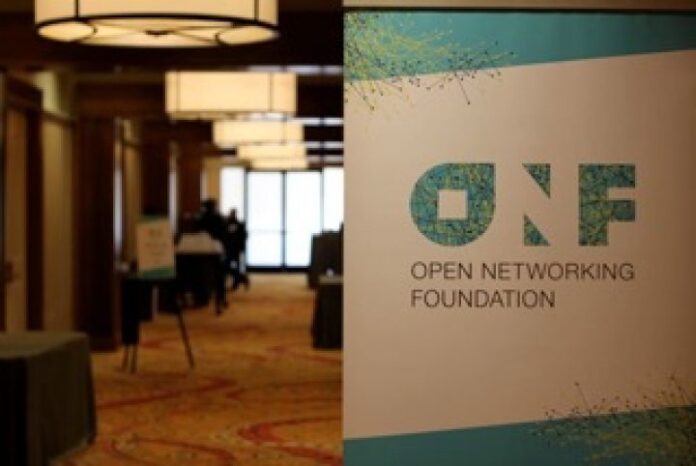ONF announces new open source Stratum project
The Open Networking Foundation (ONF) announced a new project, dubbed Stratum, with the aim of implementing a reference platform for a software-defined data plane based on white-box switches. To jump-start the project, Google is open sourcing the first revision of source code for Stratum.
The ONF is a non-profit organization founded in 2011, which serves as an umbrella for a number of projects. Among its chief contributions is OpenFlow, a protocol that enables a server to determine where network switches forward packets. It is recognized as one of the first standards of software-defined networking (SDN), which involves controlling network behavior through application program interfaces (APIs).
“Stratum features at its heart a software tool chain that enables dynamic negotiation between the Network OS (NOS) and the data plane so that deployments can be upgraded in lock step at runtime by developers,” explained Timon Sloane, vp of standards and membership at ONF, in an email exchange with RCR Wireless News.
“Stratum also enables true programmability of the data plane – this is the holy grail of the ‘software defined’ part of SDN. Software developers are in control, and innovation can take place in hours rather than the years it takes today for new ASICs to be designed, built and brought to market,” he added.
Building upon OpenFlow, the ONF said a new set of SDN interfaces are needed to enable full lifecycle control and automated network management of every aspect of the data plane, without having to define new standards. The four major functional capabilities that mark next-generation SDN interfaces include pipeline definition, pipeline control, device configuration and device operations, according to the ONF.
In order to make these functional capabilities a reality, Stratum is using the P4 language to define and document the logical plane pipeline. P4Runtime is also being used to program the forwarding pipeline tables in the switch. Additionally, Stratum is using three open-source protocols that Google helped develop, including gNMI, OpenConfig and gNOI.
Google was one of the founding members of the ONF when it was first launched. The search engine giant, along with 22 other founding members, are backing the Stratum project. Google said contributing its code to the Stratum project would help provide a solid base of software that originates from the company’s production network. The complete release of Stratum as an Apache 2.0 open source license is expected early next year.
“The ONF and Google pooled together our combined experience in conceptualizing Stratum,” said Sloane. “Google is also donating source code from their production network to kick-start the projects. Furthermore, Google is committed to using Stratum in their production network at scale in 2018.”
Stratum isn’t the only project focused on white boxes that has made headway in the open source community recently. In January, for example, AT&T announced it was open sourcing its Disaggregated Network Operating System (dNOS) project in an effort to provide a software framework as well as accelerate the adoption and use of white boxes. AT&T said the dNOS project will support existing network protocols and support new tools, including the P4 language.

